What Is a Carpenter? What Does a Carpenter Do?
-
Codee Chessher
- Last updated:

Carpentry is one of the oldest skilled trades in the world, and evidence suggests it’s been around as long as 7,000 years! Today, carpenters get little fanfare but are still the backbone of civilization. They frame our homes, craft our furniture, help roof our homes, make musical instruments, and much more.
Carpentry is an often underrated field, but today we’re here to cover everything you need to know about carpenters. Read on below to find out what they do, what kind of stuff they make, where they work, how to become one, and much more.
In this article we will cover the following:
- What Does a Carpenter Do?
- What Are the Different Types of Carpenters?
- Where Do Carpenters Work?
- Advantages of Being a Carpenter
- Disadvantages of Being a Carpenter
- FAQs
What Does a Carpenter Do?
A carpenter is a person who practices carpentry, an age-old skilled trade. Carpentry involves shaping, cutting, constructing, repairing, and modifying structures made from wood. However, carpenters are versatile and know how to use other materials to enhance their craftsmanship. Wood, however, is the primary focus of their job. Once a home is framed, the framers can go home, but other tradesmen will come in and begin their work.
Woodworking is a huge part of any carpenter’s job, but that doesn’t necessarily make them woodworkers. Woodworkers typically vary in that they only craft wood to be used in construction or other industries. Carpenters, meanwhile, will usually know how to work with wood, install it, repair it, modify it, and more.
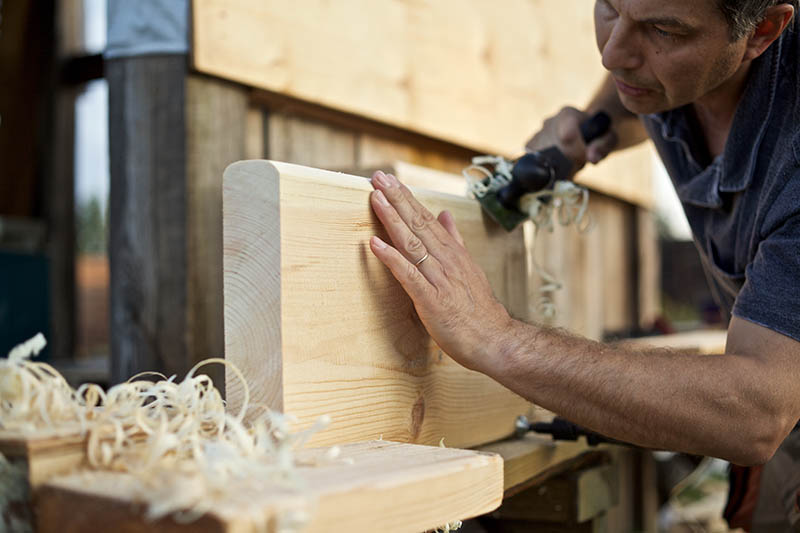
Structural integrity and durability is of crucial importance to any carpenter, but it depends on their specialization. Finish carpenters that install molding are less concerned about its durability than, say, framers that need a home’s framework to last.
As a skilled trade, carpenters begin their career with an apprenticeship under more experienced carpenters. In many parts of the world, carpenters band together and form unions to improve their working conditions. The largest carpentry union in the U.S is The United Brotherhood of Carpenters and Joiners of America, AKA the UBC, with over half a million members.
Like other skilled trades, carpentry is very hard on the body. Carpenters may find themselves in blazing hot or freezing cold conditions, and they have to perform lots of repetitive movements. Kneeling, lifting, reaching, and standing are all regular parts of a carpenter’s job.
It’s difficult to describe the full scope of carpentry because there’s simply so much that falls within the trade. Carpentry may involve:
- Reading and drawing technical schematics or blueprints
- Measuring, cutting, and shaping wood with various hand and power tools
- Installing joists, trusses, wall partitions, and floorboards
- Learning about various types of wood and their best uses
- Working outdoors at construction sites, on top of roofs, and inside clients’ homes
- Framing buildings, bridges, dams, and other important structures
- Restoring wooden antiques, musical instruments, furniture, or historical buildings
What Are the Different Types of Carpenters?
Carpentry is a very broad field, and few carpenters are able to do everything within the field. Generally speaking, carpenters will specialize to do a specific job more effectively. Let’s take a look at some of the types of carpenters there are.
Rough Carpenters
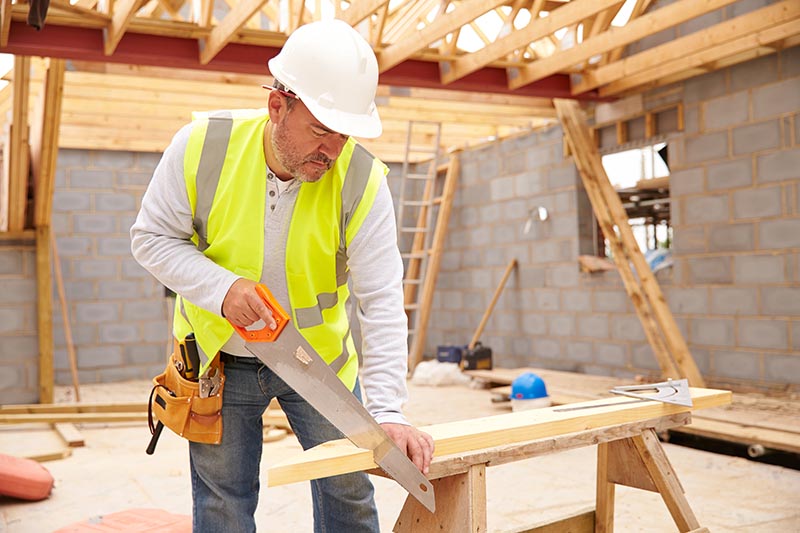
Rough carpenters primarily plan, construct, repair, and maintain wooden structures, but they know how to use materials like stone, metal, and concrete too. As the name suggests, rough carpenters aren’t concerned about how polished the end result is. Most structural carpentry falls under this umbrella, including framing. The primary focus of rough carpentry is ensuring the building is structurally sound and cost-effective.
Framers
Framing technically falls under rough carpentry, but it’s such a huge field that it deserves its own section here. Framers are the first tradesmen on a construction site because they’re the ones who build the wooden ‘bones’ or framework of the structure, including the roof, walls, and floors.
A framer may also differ from a rough carpenter if they exclusively offer framing work to clients. Framing typically requires good weather, and inclement weather can set this stage of construction back by days or even weeks.
Finish Carpenter
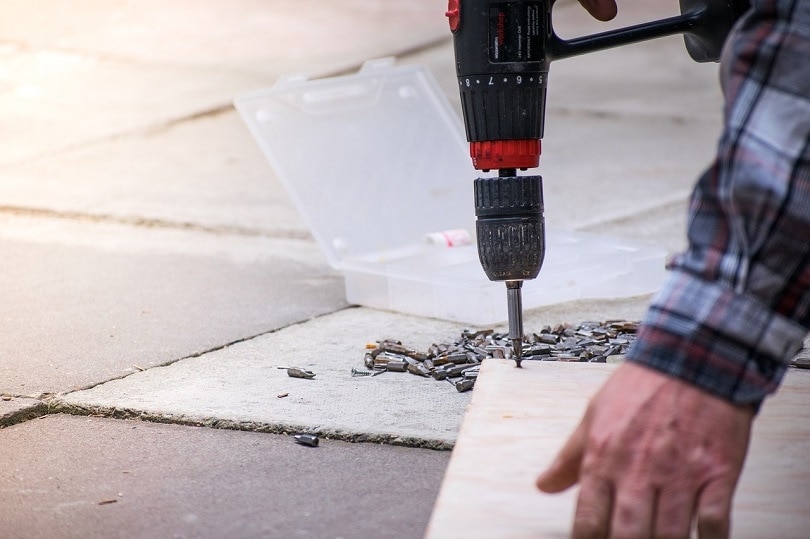
Sometimes called trim carpenters, these guys put the finishing touches on a building by crafting, installing, and repairing trim. Examples include molding, baseboards, skirting, and more.
Joister
Joisters install the floor joists in floors, which are the long horizontal boards connected to the frame. This subset of carpentry is focused on structural durability, but joisters may also be involved in installing wooden flooring.
Cabinetry
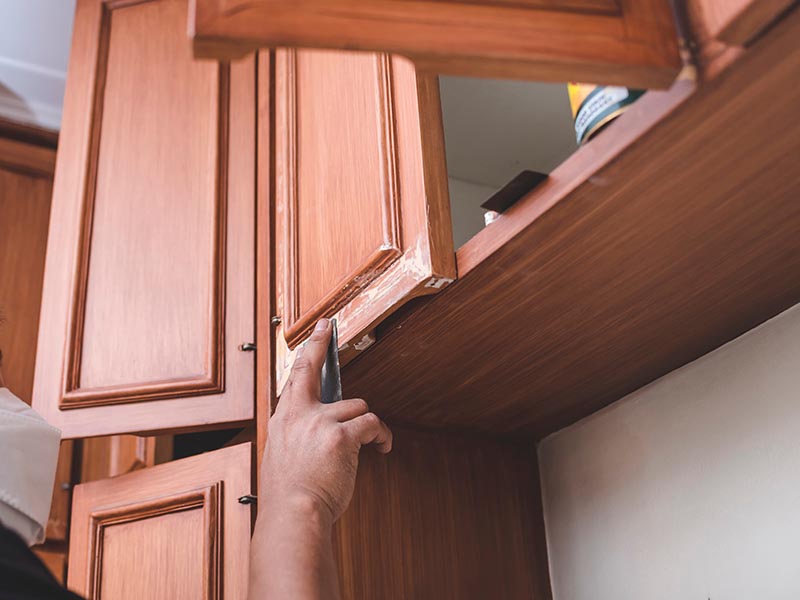
Cabinet makers craft and install cabinetry for kitchens, bathrooms, bedrooms, laundry rooms, and more. Historically, cabinet making has encompassed making furniture too, and many cabinet makers craft other types of furniture as well.
Ship Carpentry
Carpenters have historically planned and constructed the framework for boats, ships, and other seafaring vessels, but today the process is a bit different. Ship carpenters today don’t just use wood – they must contend with fiberglass, aluminum, steel, and all the other elements of modern ships.
Where Do Carpenters Work?
Carpenters work indoors and outdoors on myriad types of construction projects and may find themselves working in both blazing heat and freezing cold. Where a carpenter works also depends on their specialty, so let’s check out some places where you can expect to see carpenters working.
- On roofs
- On construction sites, both indoors and outdoors
- Building bridges, highways, and dams
- Inside homes installing, modifying, repairing, and maintaining
Advantages of Being a Carpenter
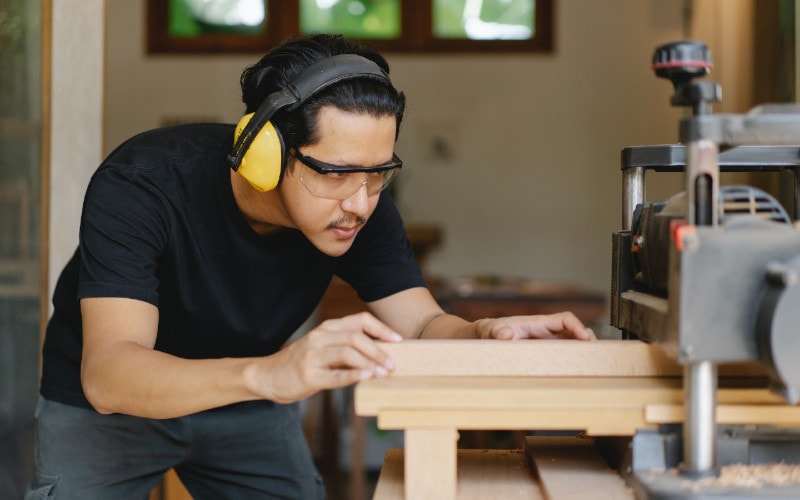
Carpenters are very skilled craftsmen, and modern civilization wouldn’t be the same without them. Becoming a carpenter confers numerous practical benefits, so let’s take a look at some of those benefits below:
- Learning how to use various power and hand tools
- Learning about wood and how it can be crafted into useful structures and items
- Gaining invaluable repair skills
- The physically demanding job will keep you in shape
- Often work ‘normal’ 9–5 hours
- Chance to travel and meet new people
- Minimal education prerequisites
Disadvantages of Being a Carpenter
Carpenters have some very useful, practical skills that can translate into everyday life, but it’s not all sunshine and rainbows. Carpentry is a tough occupation that isn’t suitable for everyone because of several notable drawbacks. Some reasons why you might not want to be a carpenter include:
- May be required to work long hours
- Risks accidental injury as well as putting wear and tear on your body
- The field isn’t expected to grow very much in the near future
- Requires years of on-the-job training
- Inconsistent work supply
FAQs
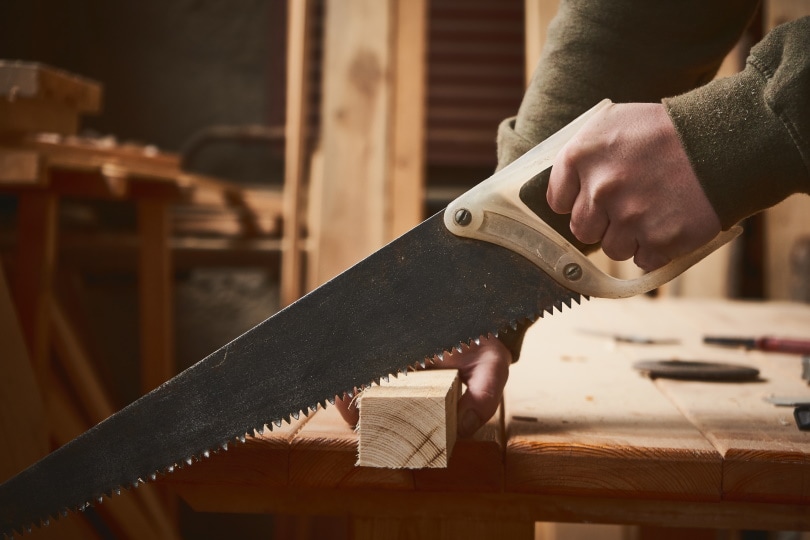
How long are carpentry apprenticeships?
It may vary a bit based on your location, but carpenter apprentices usually undertake apprenticeships for 3–4 years under a qualified and experienced carpenter. In many cases, apprenticeships may be sponsored by the government or trade unions that stand to benefit from a larger pool of workers.
What skills do I need to be a carpenter?
Carpenters are typically detail-oriented but need to be able to endure long hours of physical labor—sometimes in hot, cold, or cramped conditions. You’ll need to be able to kneel, bend, twist, and pick up small objects like nails, so physical fitness is imperative. Familiarity with hand or power tools is a plus but not required.
Generally speaking, you just need to be in good health and withstand sometimes grueling physical labor. Most of the skills you’ll need as a carpenter will be taught during your apprenticeship.
Do I need to be able to read blueprints?
No, that’s usually a skill taught during a carpentry apprenticeship. However, it also depends on what subset of carpentry you plan to specialize in. Rough carpenters who help plan and construct a building need to be able to read schematics while finishing carpenters don’t use that skill very much.
Conclusion
Carpenters don’t get enough credit for making sure our homes, workplaces, and nearly every other structure is made to last. They have to be an apprentice for several years before becoming a full-fledged carpenter, but apprentices and carpenters alike work long, grueling hours. The next time you see a finely crafted piece of wood furniture, take a moment to thank a carpenter.
See also:
- How to Become a Carpenter – Everything you Need to Know!
- 11 Carpentry Myths and Misconceptions: Everything You Need to Know!
Featured Image Credit: FabrikaSimf, Shutterstock
Contents
